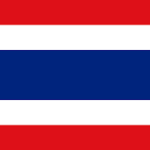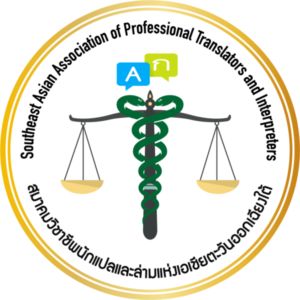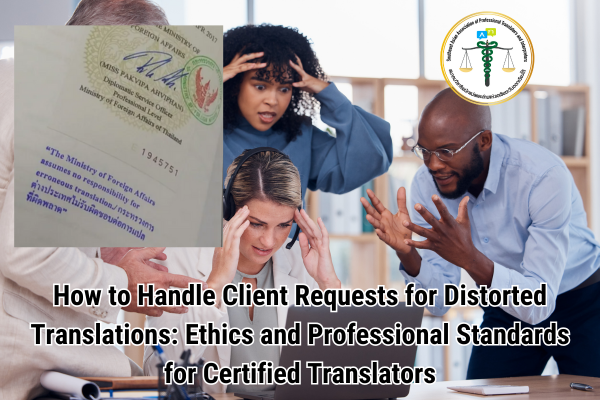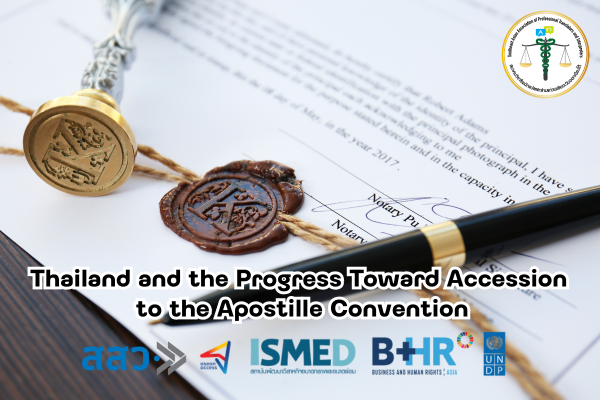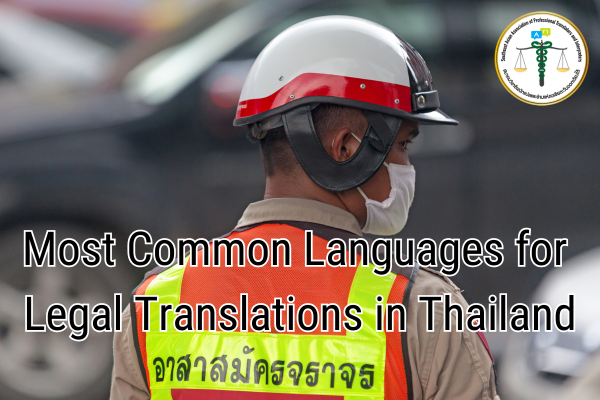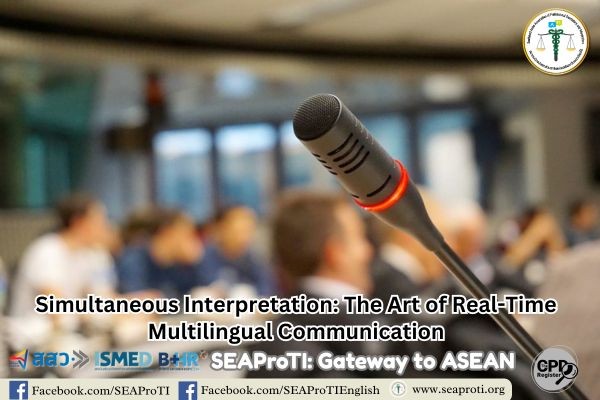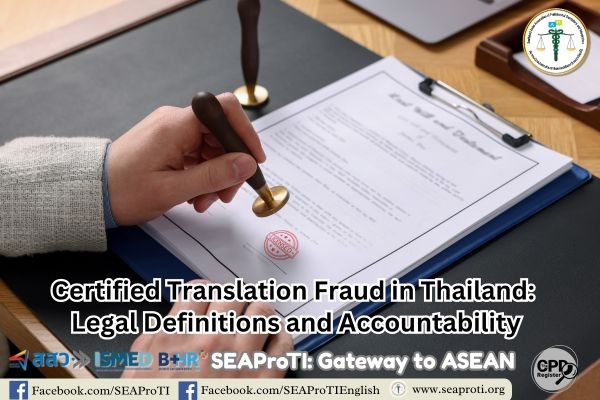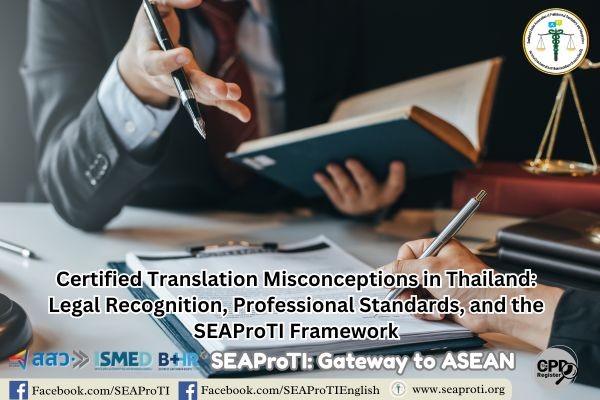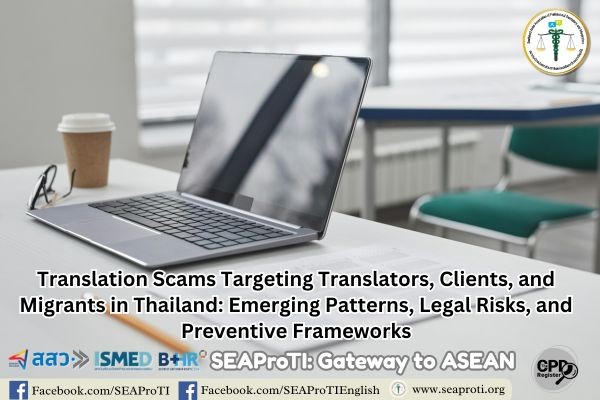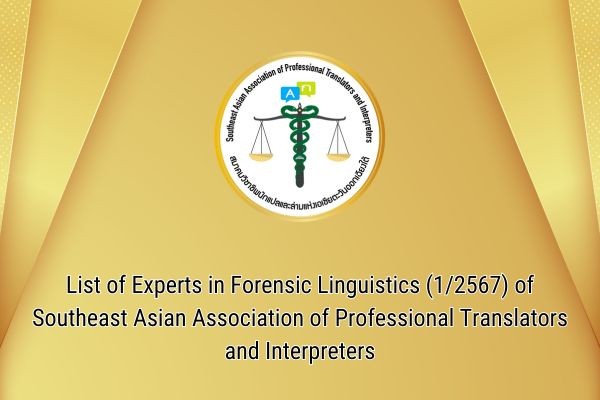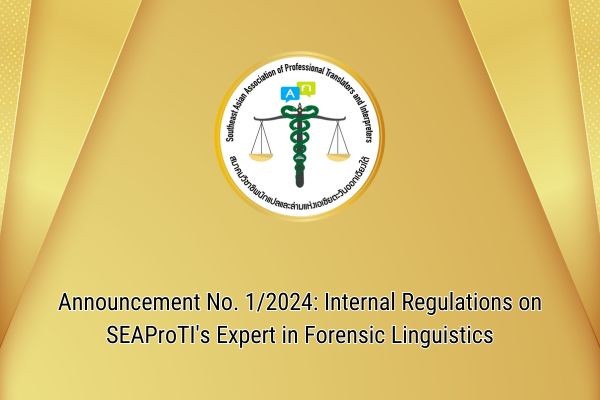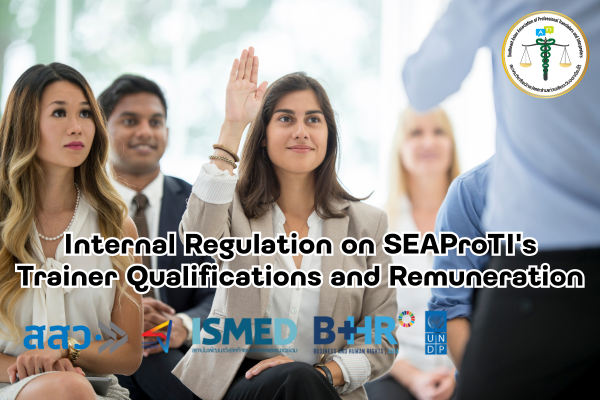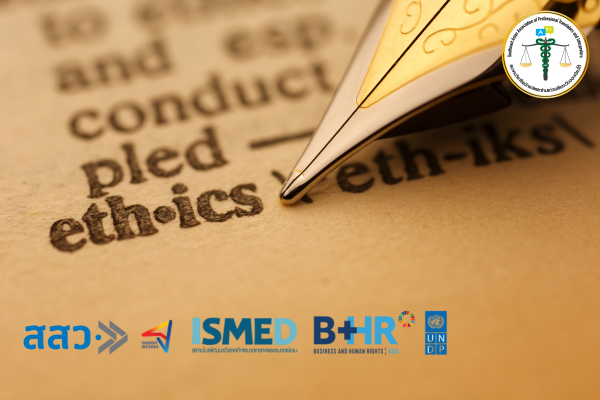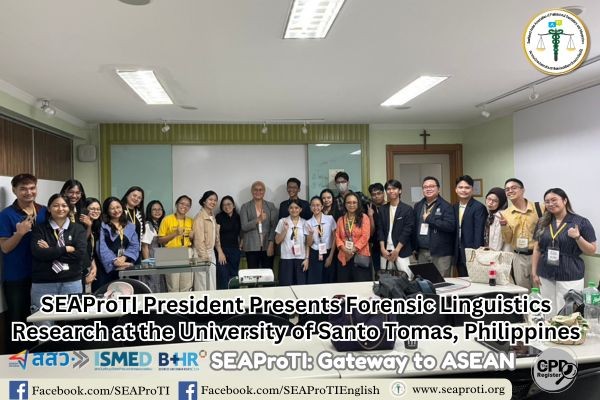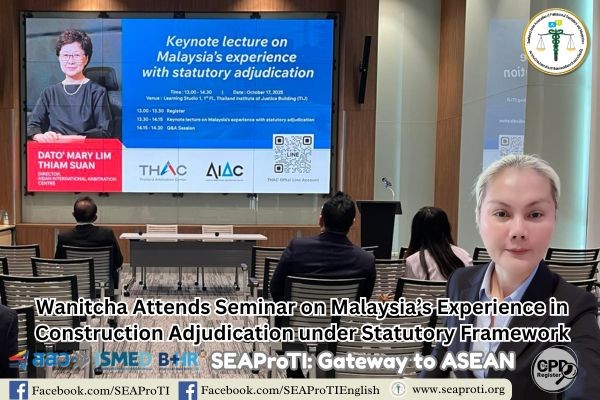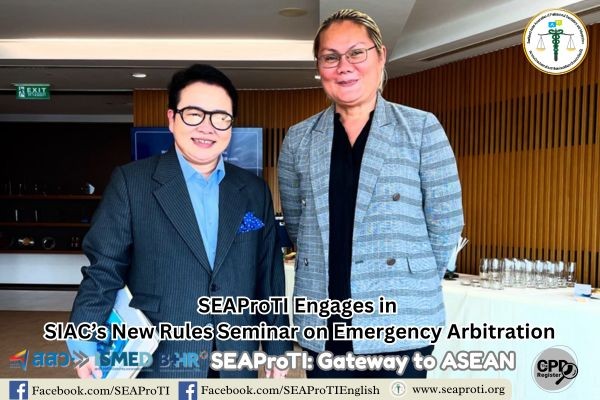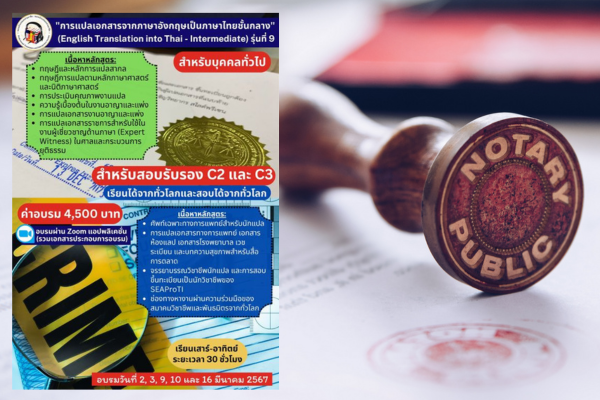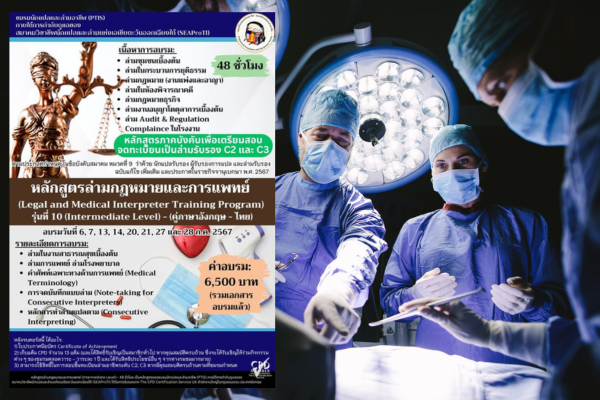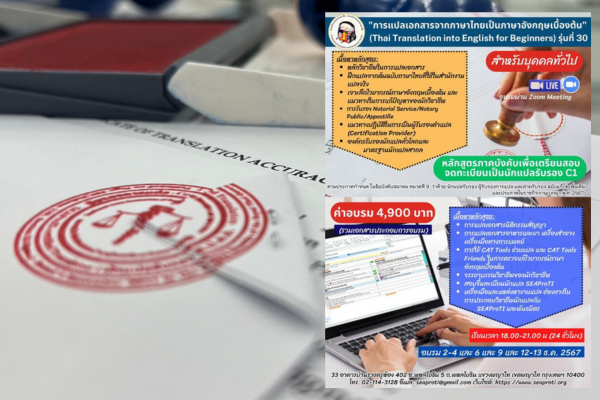How to Handle Client Requests for Distorted Translations:
Ethics and Professional Standards for Certified Translators
In the realm of document translation, which demands accuracy and high responsibility, certified translators and translation certification providers play a crucial role in bridging language and cultural gaps. However, one of the challenges they may encounter is when clients request translations that deviate from the original document for various reasons, such as altering information for personal or business benefits. This poses a dilemma in terms of both ethics and professionalism. This article explores effective ways to handle such situations while upholding professional standards.
The Importance of Ethics in Translation
Ethics is the cornerstone of document translation, especially when it involves certifying the accuracy of a document. Distorting information in a document can undermine the credibility of certified translators and may result in legal consequences for both the translator and the client. Therefore, adhering to ethical principles and integrity is essential for translators.
Potential Scenarios
Examples of situations that translators may face include:
-
Clients requesting changes to critical information in a document, such as figures, results, or legal content.
-
Clients asking translators to certify documents that do not align with the original.
-
Clients threatening to cancel the job if the translator refuses to comply with their request.
These scenarios not only create discomfort but also jeopardize the translator’s credibility and professional responsibility.
Strategies for Handling Requests for Distorted Translations
1. Communicate Clearly with Clients
The first step a translator should take is to establish transparent communication with the client:
-
Explain Ethical Standards: Clarify that certified translators have a duty to ensure that translations faithfully reflect the original document without distortion.
-
Reference Professional Standards or Legal Requirements: Use relevant standards or regulations to support your refusal to comply with unethical requests.
2. Translate the Document as per the Original
If the client insists on a distorted translation, the translator should follow these steps:
-
Create one version of the document that faithfully adheres to the original.
-
Prepare another version reflecting the client’s requested changes, clearly separated from the original, and mark it as “client-requested translation” without certifying its accuracy.
3. Certify Only Accurate Translations
In cases where clients demand certification for distorted translations:
-
Only certify the translation that matches the original document.
-
Explicitly state in the client-requested translation that it is not certified to prevent misunderstandings.
4. Keep Records of Work
Maintaining detailed records is crucial to avoid future disputes:
-
Document client instructions and the reasons for declining specific requests.
-
Retain copies of the original document, translations, and all related communications.
5. Professionally Decline if Necessary
If clients persist with their requests and the translator cannot comply:
-
Politely but firmly refuse, citing professional ethics: “To adhere to professional standards, I cannot certify this document.”
-
Suggest alternative solutions, such as engaging another service provider (without endorsing unethical practices).
Additional Precautions
-
Avoid undertaking work that could hold you accountable for the consequences of inaccurate translations.
-
Uphold professional standards to maintain trust and credibility with clients.
-
Use polite and transparent communication to minimize conflicts with clients.
When faced with requests for distorted translations, certified translators must rely on their ethical principles and professional standards as a guide. Declining unethical requests may be challenging, but it is necessary to maintain credibility and accuracy in translation work. Transparent communication, diligent record-keeping, and adherence to professional standards will enable translators to navigate these situations effectively and confidently.
SEAProTI’s certified translators, translation certification providers, and certified interpreters:
The Southeast Asian Association of Professional Translators and Interpreters (SEAProTI) has officially announced the criteria and qualifications for individuals to register as “Certified Translators,” “Translation Certification Providers,” and “Certified Interpreters” under the association’s regulations. These guidelines are detailed in Sections 9 and 10 of the Royal Thai Government Gazette, issued by the Secretariat of the Cabinet under the Office of the Prime Minister of the Kingdom of Thailand, dated July 25, 2024, Volume 141, Part 66 Ng, Page 100.
To read the full publication, visit: the Royal Thai Government Gazette
แนวทางรับมือเมื่อลูกค้าขอให้แปลเอกสารบิดเบือน:
จรรยาบรรณและมาตรฐานวิชาชีพของนักแปลรับรอง
ในโลกของการแปลเอกสารที่ต้องการความแม่นยำและความรับผิดชอบสูง นักแปลรับรอง (Certified Translators) และผู้รับรองการแปล (Translation Certification Providers) มีบทบาทสำคัญในการสร้างสะพานเชื่อมระหว่างภาษาและวัฒนธรรม อย่างไรก็ตาม ปัญหาหนึ่งที่นักแปลรับรองอาจต้องเผชิญคือเมื่อลูกค้าร้องขอให้แปลเอกสารโดยบิดเบือนจากต้นฉบับเพื่อวัตถุประสงค์บางอย่าง เช่น การแก้ไขข้อมูลเพื่อประโยชน์ส่วนตัวหรือธุรกิจ ซึ่งเป็นสถานการณ์ที่ท้าทายทั้งด้านจริยธรรมและวิชาชีพ บทความนี้จะสำรวจวิธีการรับมือกับสถานการณ์ดังกล่าวอย่างมีประสิทธิภาพโดยไม่ละเมิดมาตรฐานวิชาชีพ
ความสำคัญของจริยธรรมในการแปล
จริยธรรมเป็นหัวใจสำคัญของการแปลเอกสาร โดยเฉพาะเมื่อเกี่ยวข้องกับการรับรองเอกสารที่ถูกต้อง การบิดเบือนข้อมูลในเอกสารอาจส่งผลกระทบต่อความน่าเชื่อถือของนักแปลรับรอง และอาจทำให้เกิดผลทางกฎหมายทั้งต่อนักแปลและผู้ใช้เอกสาร ดังนั้น การยึดมั่นในจริยธรรมและความซื่อสัตย์จึงเป็นสิ่งสำคัญที่นักแปลควรถือเป็นหลักปฏิบัติ
สถานการณ์ที่อาจเกิดขึ้น
ตัวอย่างของสถานการณ์ที่นักแปลอาจเผชิญ ได้แก่:
-
ลูกค้าขอให้เปลี่ยนแปลงข้อมูลสำคัญในเอกสารแปล เช่น ตัวเลข ผลลัพธ์ หรือเนื้อหาทางกฎหมาย
-
ลูกค้าร้องขอให้นักแปลลงลายมือชื่อรับรองการแปลในเอกสารที่แปลไม่ตรงกับต้นฉบับ
-
ลูกค้าขู่ว่าจะยกเลิกงานหากนักแปลปฏิเสธที่จะปฏิบัติตามคำขอ
สถานการณ์เหล่านี้ไม่เพียงแค่สร้างความอึดอัดใจ แต่ยังเป็นปัญหาที่อาจทำลายความน่าเชื่อถือและความรับผิดชอบในวิชาชีพ
แนวทางรับมือเมื่อลูกค้าขอให้แปลบิดเบือน
1. สื่อสารกับลูกค้าอย่างชัดเจน
สิ่งแรกที่นักแปลควรทำคือตั้งหลักในการสื่อสารกับลูกค้าอย่างโปร่งใส:
-
อธิบายจรรยาบรรณวิชาชีพ: ชี้แจงให้ลูกค้าเข้าใจว่านักแปลรับรองมีหน้าที่รับรองว่าคำแปลต้องตรงกับต้นฉบับโดยไม่มีการบิดเบือน
-
อ้างอิงมาตรฐานหรือข้อกำหนดทางกฎหมาย: หากมีมาตรฐานหรือข้อกำหนดที่เกี่ยวข้อง ให้นำมาใช้อ้างอิงเพื่อเสริมความน่าเชื่อถือในการปฏิเสธคำขอ
2. แปลเอกสารตามต้นฉบับ
หากลูกค้ายืนยันต้องการคำแปลที่บิดเบือน นักแปลควรปฏิบัติตามขั้นตอนนี้:
-
แปลเอกสารฉบับหนึ่งให้ตรงตามต้นฉบับอย่างสมบูรณ์
-
จัดทำเอกสารอีกฉบับหนึ่งตามคำขอลูกค้า โดยแยกจากเอกสารฉบับแรกและระบุว่าเป็น “คำแปลที่ลูกค้าต้องการ” แต่ไม่รับรองความถูกต้อง
3. รับรองเฉพาะคำแปลที่ถูกต้อง
ในกรณีที่ลูกค้าต้องการให้รับรองเอกสารที่บิดเบือน:
-
นักแปลควรเลือกที่จะรับรองเฉพาะคำแปลที่ตรงกับต้นฉบับ
-
ระบุในเอกสารที่แปลตามคำขอลูกค้าว่าไม่ได้รับรองความถูกต้อง เพื่อป้องกันความเข้าใจผิด
4. เก็บบันทึกข้อมูลการทำงาน
การเก็บบันทึกข้อมูลเป็นขั้นตอนสำคัญที่ช่วยป้องกันปัญหาที่อาจเกิดขึ้นในอนาคต:
-
บันทึกคำสั่งของลูกค้าและเหตุผลในการปฏิเสธคำขอ
-
เก็บสำเนาเอกสารทั้งต้นฉบับและคำแปล รวมถึงการสื่อสารที่เกี่ยวข้อง
5. ปฏิเสธอย่างมืออาชีพหากจำเป็น
หากลูกค้ายืนยันคำขอและนักแปลไม่สามารถปฏิบัติตามได้:
-
ปฏิเสธด้วยเหตุผลที่สุภาพและมืออาชีพ เช่น “เพื่อปฏิบัติตามจรรยาบรรณวิชาชีพ นักแปลรับรองไม่สามารถรับรองเอกสารฉบับนี้ได้”
-
แนะนำให้ลูกค้าใช้บริการจากผู้ให้บริการอื่น (โดยไม่แนะนำให้หาผู้รับรองที่ไม่ถูกต้องตามกฎหมาย)
ข้อควรระวังเพิ่มเติม
-
หลีกเลี่ยงการทำงานที่อาจทำให้คุณต้องรับผิดชอบต่อผลกระทบที่เกิดจากการแปลผิดพลาด
-
ยึดมั่นในมาตรฐานวิชาชีพเพื่อรักษาความน่าเชื่อถือและความไว้วางใจของลูกค้า
-
ใช้การสื่อสารที่สุภาพและโปร่งใสเพื่อลดความขัดแย้งกับลูกค้า
เมื่อต้องเผชิญกับสถานการณ์ที่ลูกค้าร้องขอให้แปลเอกสารโดยบิดเบือน นักแปลรับรองควรใช้จรรยาบรรณและมาตรฐานวิชาชีพเป็นเครื่องนำทาง การปฏิเสธคำขอที่ขัดต่อหลักการอาจเป็นเรื่องท้าทาย แต่เป็นสิ่งจำเป็นเพื่อรักษาความน่าเชื่อถือและความถูกต้องในงานแปล การสื่อสารอย่างโปร่งใส การบันทึกข้อมูลการทำงาน และการยึดมั่นในมาตรฐานวิชาชีพจะช่วยให้นักแปลสามารถรับมือกับสถานการณ์นี้ได้อย่างมีประสิทธิภาพและมั่นใจ
เกี่ยวกับนักแปลรับรอง ผู้รับรองการแปล และล่ามรับรองของสมาคมวิชาชีพนักแปลและล่ามแห่งเอเชียตะวันออกเฉียงใต้
สมาคมวิชาชีพนักแปลและล่ามแห่งเอเชียตะวันออกเฉียงใต้ (SEAProTI) ได้ประกาศหลักเกณฑ์และคุณสมบัติผู้ที่ขึ้นทะเบียนเป็น “นักแปลรับรอง (Certified Translators) และผู้รับรองการแปล (Translation Certification Providers) และล่ามรับรอง (Certified Interpreters)” ของสมาคม หมวดที่ 9 และหมวดที่ 10 ในราชกิจจานุเบกษา ของสำนักเลขาธิการคณะรัฐมนตรี ในสำนักนายกรัฐมนตรี แห่งราชอาณาจักรไทย ลงวันที่ 25 ก.ค. 2567 เล่มที่ 141 ตอนที่ 66 ง หน้า 100 อ่านฉบับเต็มได้ที่: นักแปลรับรอง ผู้รับรองการแปล และล่ามรับรอง
